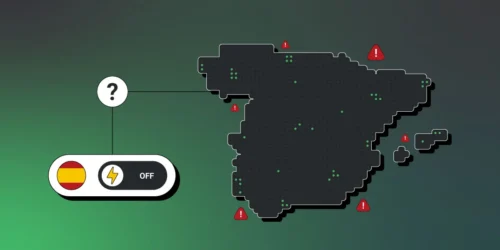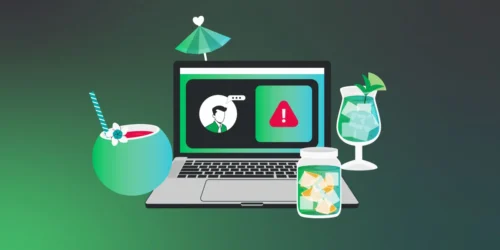Will 2025 Be the Year We Win the War Against Cybercrime?
January, 22, 2025
4 minutes read

The year 2025 is shaping up to be a decisive year in the war against cybercrime, where the convergence of emerging technologies, such as Batuta, will redefine the landscape of digital security moving forward.
But how did we get here? The battle between cybercrime and cybersecurity defenses has been a technological duel that began in the early days of computing in the 1970s. Since then, every advancement in security has been met with a new form of attack, in an endless cycle of innovation and counter-innovation. For instance, the viruses of the 1980s, such as Brain and Morris Worm, gave way to sophisticated Advanced Persistent Threats (APTs) in the 2000s. The internet revolution of the 1990s brought phishing and distributed denial-of-service (DDoS) attacks, which have evolved into the ransomware campaigns that today threaten global critical infrastructures.
Each new technology has added fresh battleground elements, both offensively and defensively, turning this conflict into a true digital arms race where innovation serves as both a shield and a sword.
Here we are… The evolution of generative artificial intelligence (AI), which has enabled the creation of threats and defenses, is reaching a critical point where organizations will finally have more sophisticated predictive tools to anticipate, mitigate, and neutralize cyberattacks. However, the battle will not be straightforward; 2025 will also be when cybercriminals evolve into more complex structures, utilizing advanced AI and hyper-personalized social engineering techniques.
There are various tools and strategies that, with their constant evolution, can serve as the digital arsenal of the future against cybercrime. Among them, the following stand out:
Artificial Intelligence has become the frontline defense against cyber threats. Predictive AI systems detect anomalies in real time and anticipate potential attack vectors before they materialize.
Quantum computing, although still under development, promises to revolutionize cryptography as we know it. It will be a strategic necessity, driving the development of new security algorithms resistant to cyberattacks.
Blockchain has evolved beyond cryptocurrencies to become a fundamental pillar of digital security. Private blockchains and smart contracts are transforming authentication and identity management, creating immutable records of transactions and activities. This technology enables the creation of decentralized verification systems that are more resilient to cyberattacks.
Incident Response Automation is redefining the speed and efficacy with which organizations can respond to threats. Through certain systems, organizations not only automatically detect and categorize threats, but can also initiate predefined responses within seconds, containing security breaches before they can expand.
Zero Trust Architecture has become an operational reality. Based on the principle of “never trust, always verify,” it uses behavioral analytics and contextual biometrics to constantly verify the legitimacy of each interaction with systems.
Threat Intelligence has evolved into collaborative platforms that share real-time information on emerging threats. These networks of collective intelligence, powered by data from multiple sources and enriched by AI analysis, allow organizations to maintain a proactive security posture, adapting to new threats.
DevSecOps security tools integrate security directly into the software development cycle, creating applications that are secure by design. Automated vulnerability scanners, static and dynamic code analysis, and continuous penetration testing have become standard components of the development process, ensuring that security is considered from the very beginning.
The victory of cybersecurity in this war does not lie in a single tool or strategy but in the intelligent convergence of all these technologies. True innovation emerges from communication and collaboration between different security layers, creating an adaptive defense ecosystem. This technological evolution will reach its maximum potential through unprecedented collaboration among governments, businesses, and security experts, who, driven by stricter regulations, will establish global cybersecurity standards and mechanisms for a coordinated response to face challenges. This marks the dawn of a new era in the protection of the digital space.




